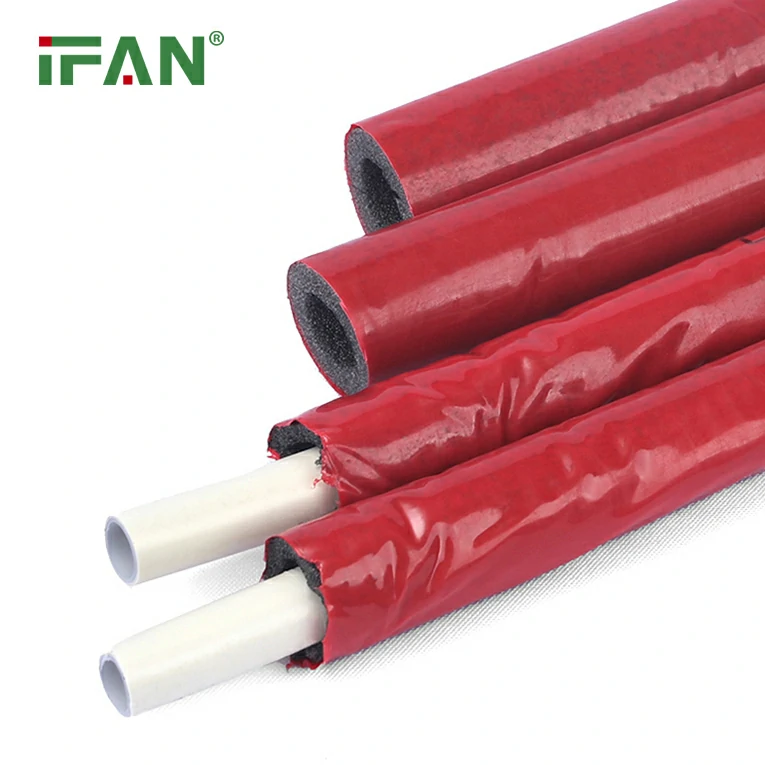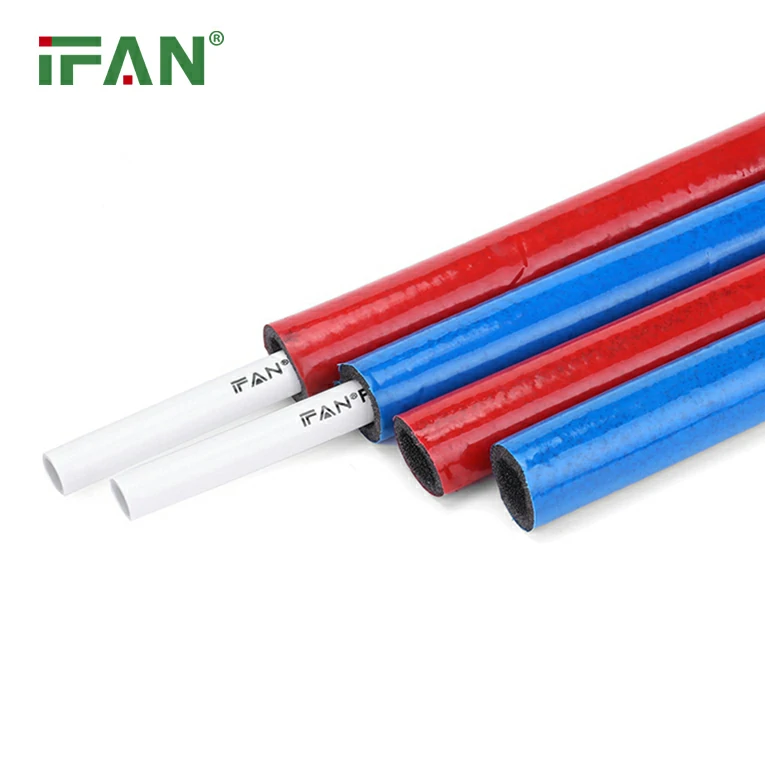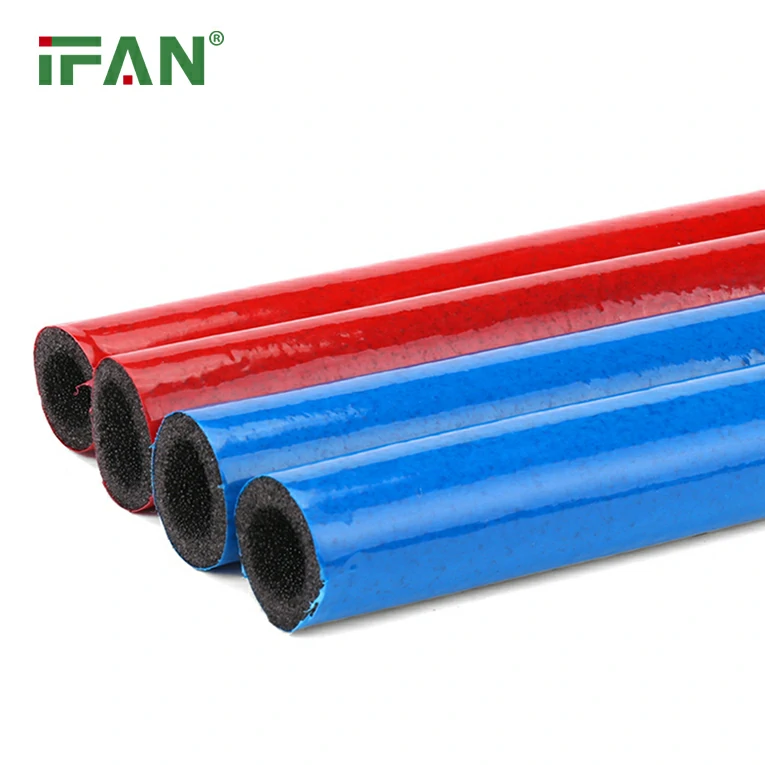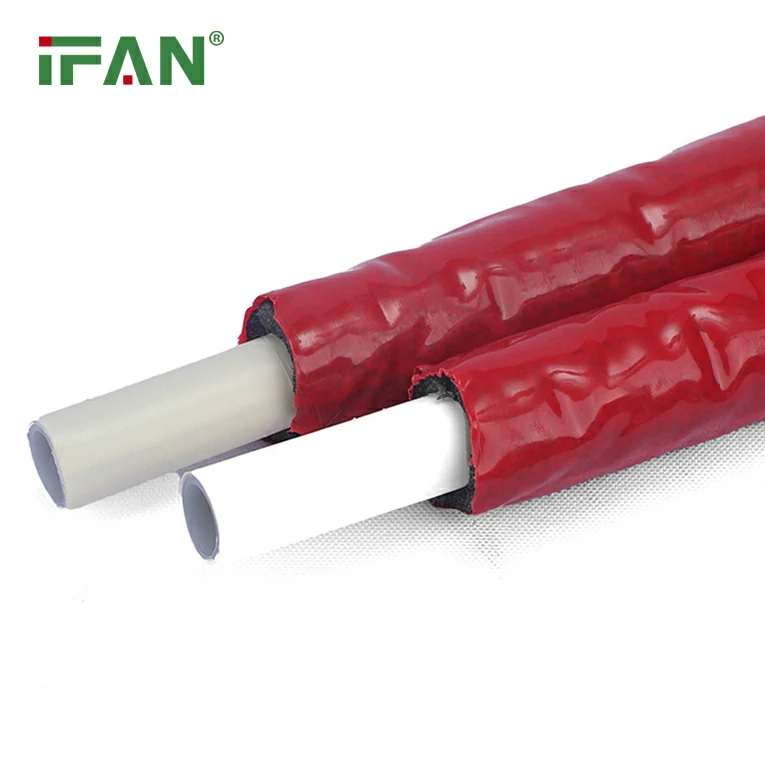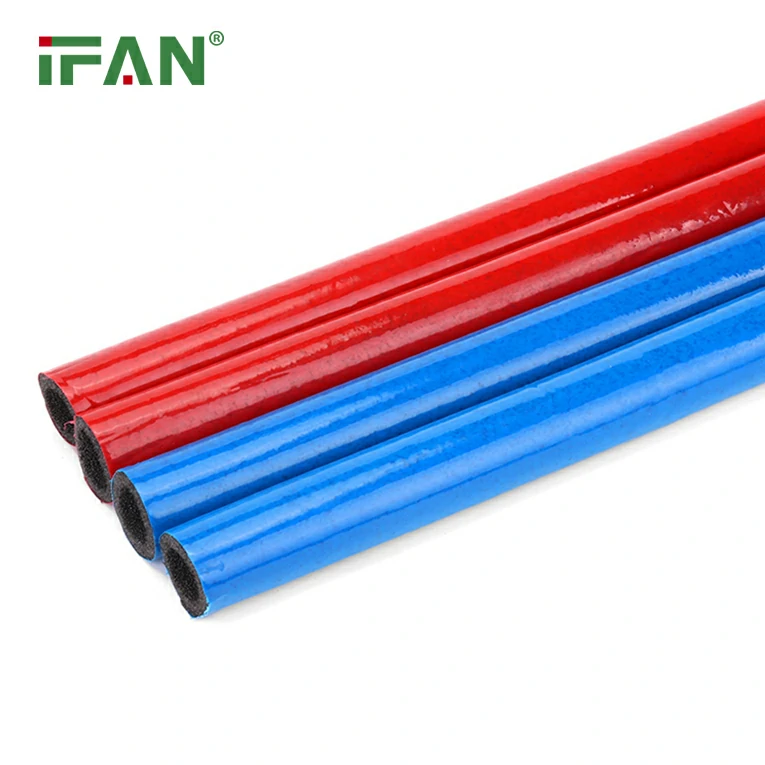In today’s world, sustainability is no longer a mere buzzword—it’s a necessity. As homeowners become increasingly eco-conscious, the materials used in home construction and plumbing systems have come under scrutiny. One such material, PEX pipe (cross-linked polyethylene), has gained popularity for its durability, flexibility, and ease of installation. However, as the demand for sustainable living grows, even PEX pipes are undergoing transformations to meet the needs of environmentally aware consumers.
This article delves into how PEX pipes are evolving to become more sustainable, why these eco-friendly alternatives are gaining traction, and how they benefit homeowners who want to reduce their carbon footprint without sacrificing performance. We will explore the environmental impact of traditional PEX pipes and examine the innovations making them more sustainable, such as bio-based polyethylene and enhanced recyclability.
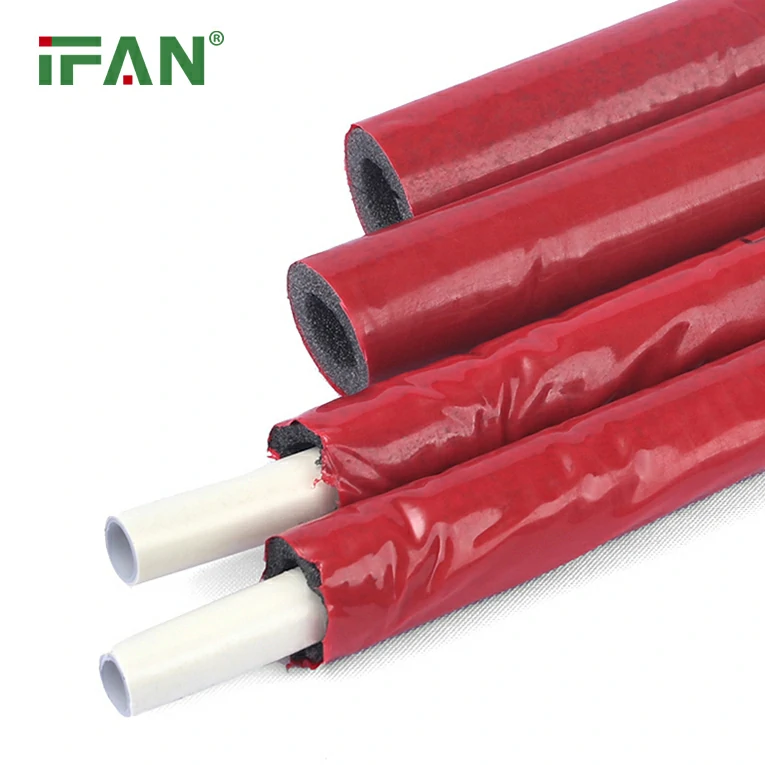
What Is PEX Pipe?
PEX pipe, short for cross-linked polyethylene, is a type of plastic pipe used in plumbing systems for both residential and commercial applications. The material is produced by cross-linking polyethylene molecules, which makes it more flexible, durable, and resistant to damage from freezing temperatures, unlike traditional materials such as copper or PVC.
PEX pipes are commonly used in water distribution systems, radiant heating, and cooling systems. They offer a range of benefits, including corrosion resistance, ease of installation, and reduced noise in water systems. However, as with many plastics, there are concerns surrounding the environmental impact of manufacturing and disposal.
The Environmental Impact of Traditional PEX Pipes
Traditional PEX pipes are made from polyethylene, a plastic material derived from petroleum-based resources. The production of polyethylene is energy-intensive and generates significant carbon emissions. Additionally, polyethylene-based products are not easily recyclable, and after a PEX pipe reaches the end of its lifespan, it often ends up in landfills, contributing to the growing plastic waste problem.
While PEX pipes are known for their longevity and performance, their environmental impact cannot be ignored. As the world pushes toward more sustainable living practices, it’s crucial to explore ways to reduce the carbon footprint of everyday materials, including plumbing systems. That’s where more sustainable PEX pipes come into play.
A New Era of Sustainable PEX Pipes
1. Bio-Based Polyethylene PEX Pipes
One of the most significant innovations in making PEX pipes more sustainable is the introduction of bio-based polyethylene (Bio-PE). Bio-PE is derived from renewable resources such as plant-based sugars or agricultural waste, rather than fossil fuels. This shift to renewable feedstocks significantly reduces the carbon footprint of PEX pipe production and makes the pipes more eco-friendly.
Unlike traditional polyethylene, which is produced using petroleum, bio-based polyethylene is sourced from sustainable agricultural practices. This change reduces dependence on non-renewable resources and provides a renewable alternative to traditional plastic materials. Bio-based polyethylene maintains the same performance characteristics as conventional polyethylene, including flexibility, durability, and resistance to temperature fluctuations, while offering an environmentally conscious alternative.
2. Reduced Carbon Footprint in Manufacturing
The manufacturing process of traditional PEX pipes is energy-intensive and produces a substantial amount of carbon emissions. By using renewable feedstocks like bio-based polyethylene, the carbon emissions associated with producing PEX pipes can be greatly reduced. This reduction in emissions is a key step toward minimizing the environmental impact of plumbing systems.
Manufacturers of bio-based PEX pipes are also investing in cleaner energy sources and more efficient production methods. These efforts help to reduce the environmental impact of manufacturing while making the production process more sustainable overall.
3. Improved Recycling Potential
Traditional PEX pipes, like most plastics, are not easily recyclable, leading to a significant amount of waste when pipes are replaced or removed from old buildings. However, the new wave of sustainable PEX pipes has improved recycling potential. The introduction of bio-based polyethylene has improved the recyclability of these pipes, making it easier to repurpose and reuse materials.
In addition to making the pipes themselves more recyclable, manufacturers are also focused on developing recycling infrastructure to better handle the disposal of PEX pipes at the end of their life cycle. This includes creating systems for recovering materials that can be reused in new production cycles, reducing the amount of waste that ends up in landfills.
4. Durability and Longevity
Another reason that PEX pipes are considered a more sustainable option compared to traditional plumbing materials is their durability and longevity. PEX pipes have a longer lifespan than other materials like copper or PVC, which means fewer replacements over time and less waste generated in the long run. By choosing durable materials like PEX, homeowners can reduce the frequency of repairs and replacements, ultimately lowering their environmental impact.
Since PEX is resistant to corrosion, scaling, and freezing, it also lasts longer in challenging environments, further reducing the need for replacements. This longevity translates to a more sustainable choice in the long term.
The Benefits of Sustainable PEX Pipes for Homeowners
For eco-conscious homeowners, making sustainable choices is key to reducing their carbon footprint and supporting a healthier planet. Sustainable PEX pipes offer numerous benefits that align with this mission:
1. Energy Savings and Reduced Carbon Emissions
The installation of sustainable PEX pipes in your home can help reduce energy consumption and lower your carbon footprint. PEX pipes are highly efficient in both heating and cooling systems. They provide superior insulation, which means less heat loss or gain, improving the overall energy efficiency of your home. This reduction in energy use contributes to lower greenhouse gas emissions and supports sustainable living.
2. Healthier and Safer Water Supply
One of the major benefits of PEX pipes is their resistance to corrosion and leaching. Unlike copper pipes, which can corrode over time and affect water quality, PEX pipes do not release harmful chemicals into the water supply. Sustainable PEX pipes made from bio-based polyethylene offer an added layer of confidence, as they are produced with renewable resources that contribute to a healthier environment.
3. Cost-Effective Plumbing Solution
While sustainable PEX pipes may initially have a slightly higher upfront cost, they provide a cost-effective solution in the long run. Due to their durability and resistance to corrosion, PEX pipes require fewer repairs and replacements, saving homeowners money over time. Additionally, their energy-efficient properties help lower utility bills, making them a financially wise investment.
4. Environmental Responsibility
Choosing sustainable PEX pipes allows homeowners to take an active role in reducing their environmental impact. By supporting the use of renewable feedstocks and recyclable materials, homeowners are making a conscious choice to reduce plastic waste and minimize their carbon footprint. This decision contributes to a more sustainable future, both for the home and the planet.
5. Easy Installation and Flexibility
Sustainable PEX pipes retain all the advantages of traditional PEX, including ease of installation and flexibility. Their ability to bend around corners and adapt to different layouts reduces the need for multiple fittings, which can increase installation time and material waste. This makes them a more efficient and environmentally friendly option compared to other plumbing materials.
The Future of Sustainable Plumbing
The rise of sustainable PEX pipes marks an important milestone in the quest for greener, more sustainable building materials. As the demand for eco-friendly products continues to grow, more innovations are expected to emerge in the plumbing industry, further reducing the environmental impact of materials like PEX.
In the coming years, we can expect advancements in bio-based polyethylene production, improved recycling technologies, and the continued push for more sustainable manufacturing practices. This will make PEX pipes an even more attractive option for homeowners looking to build or renovate their homes with sustainability in mind.
Conclusion
Sustainable PEX pipes made from renewable feedstocks offer homeowners a viable and environmentally responsible alternative to traditional plumbing materials. With their reduced carbon footprint, improved recyclability, and long-lasting durability, these pipes represent a crucial step forward in the evolution of eco-friendly building materials. By choosing sustainable PEX pipes, homeowners can enjoy all the benefits of modern plumbing while supporting a more sustainable future.
FAQs
1. What are sustainable PEX pipes made from?
Sustainable PEX pipes are made from bio-based polyethylene, a renewable material derived from plant-based feedstocks, rather than fossil fuels.
2. How do sustainable PEX pipes benefit the environment?
Sustainable PEX pipes reduce reliance on petroleum-based plastics, lower carbon emissions during production, and offer improved recyclability compared to traditional PEX pipes.
3. Are sustainable PEX pipes as durable as traditional PEX pipes?
Yes, sustainable PEX pipes retain the same durability, flexibility, and resistance to freezing as traditional PEX pipes.
4. Can sustainable PEX pipes help reduce energy consumption?
Yes, PEX pipes are highly energy-efficient, providing superior insulation that reduces heat loss and improves overall energy efficiency in homes.
5. Are sustainable PEX pipes more expensive than regular PEX pipes?
While sustainable PEX pipes may have a slightly higher upfront cost, they provide long-term savings due to their durability, energy efficiency, and reduced need for replacements.

